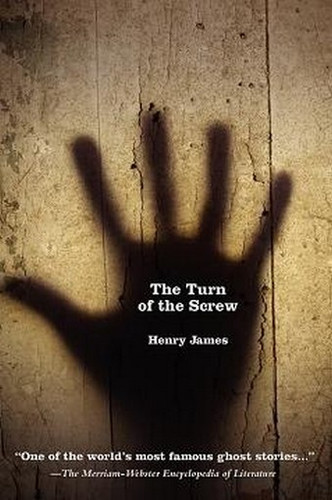The governess's new employer gives her full charge of the children and explicitly states that she is not to bother him with communications of any sort. The governess travels to her new employer's country house and begins her duties. Miles soon returns from school for the summer just after a letter from the headmaster stating that he has been expelled. Miles never speaks of the matter, and the governess is hesitant to raise the issue. She fears that there is some horrid secret behind the expulsion, but is too charmed by the adorable young boy to want to press the issue.
Shortly thereafter, the governess begins to see around the grounds of the estate the figures of a man and woman whom she does not recognize. These figures come and go at will without ever being seen or challenged by other members of the household, and they seem to the governess to be supernatural. She learns from Mrs. Grose that her predecessor, Miss Jessel, and Miss Jessel's illicit lover Peter Quint both died under curious circumstances. Prior to their death, they spent most of their time with Flora and Miles, and this fact takes on grim significance for the governess when she becomes convinced that the two children are secretly aware of the presence of the ghosts.
The Turn of the Screw, originally published in 1898, it is ostensibly a ghost story that has lent itself well to operatic and film adaptation. Due to its ambiguous content and narrative skill, The Turn of the Screw became a favorite text of New Criticism.


